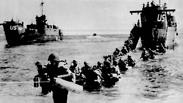

From D-Day to Nazi defeat: Marking World War II milestones
Ten weeks after commemorating the 75th anniversary of the D-Day invasion in Normandy, France is paying tribute this week to Allied troops involved in another major, but often overlooked, military operation: landings on the Mediterranean coast
PARIS -- For Allied troops in Europe, D-Day was just the beginning of a long and bloody push toward victory over the Nazis.
Ten weeks after commemorating the 75th anniversary of the D-Day invasion in Normandy, France is paying tribute this week to Allied troops involved in another major, but often overlooked, military operation: landings on the Mediterranean coast.

D-Day
On June 6, 1944, more than 150,000 Allied troops composed of U.S., British and Canadian soldiers and others landed on the beaches of Normandy in northwest France. That single day, over 4,000 died on beaches that were foreign to them.
For weeks after that, Allied forces struggled to punch through Normandy's German-held countryside. They weren't able to head eastward until the end of August.
The Battle of Normandy was a turning point in the war, marking the beginning of the end of Europe's Nazi occupation.
Southern landings
First intended to coincide with the landings in Normandy, the Mediterranean landings known as Operation Dragoon were delayed due to lack of resources.
Starting on Aug. 15, 1944, French and American troops -- 350,000 in total -- landed on the French Riviera. U.S. forces drove north while French troops -- many from French colonies in Africa -- moved along the coast to secure key ports. Marseille, France's second city, was liberated on Aug. 28.
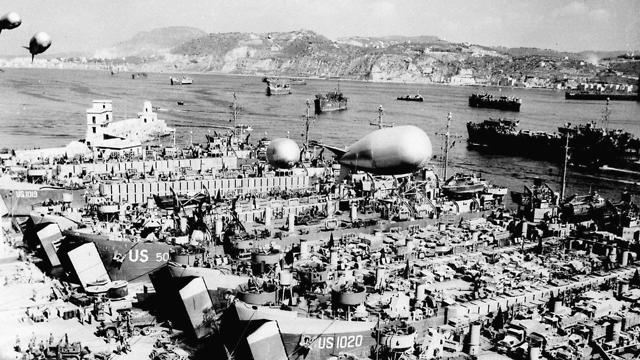
Liberation of Paris
The fighting for Paris took place in late August 1944. The French Resistance staged an uprising against German soldiers and vehicles and built barricades in the streets of the capital.
Spanish forces entered Paris on Aug. 24, and Gen. Philippe Leclerc's 2nd French Division, equipped with American tanks and followed by U.S. troops, entered the capital on Aug. 25, as the Germans surrendered.

"Paris outraged! Paris broken! Paris martyred! But Paris liberated!" de Gaulle declared outside city hall. A French flag was raised on the Eiffel Tower, where a Nazi flag had risen four years earlier.
A bridge too far
Allied troops on the western front lines also moved into Belgium, the Netherlands and Luxembourg -- but ran into a stinging defeat in September 1944.In a military miscalculation immortalized in the Hollywood film and Cornelius Ryan's book "A Bridge Too Far," paratroopers landed near Arnhem in the eastern Netherlands and tried to capture its bridge across the Rhine.
Military strategists hoped Operation Market Garden would end the war by Christmas by providing a springboard for ground forces into Germany's industrial heartland. But it ground to a halt at Arnhem where Allied troops found themselves outnumbered and outgunned.
More Allied troops -- about 11,500 -- died in the nine days of Operation Market Garden than in the D-Day landings.
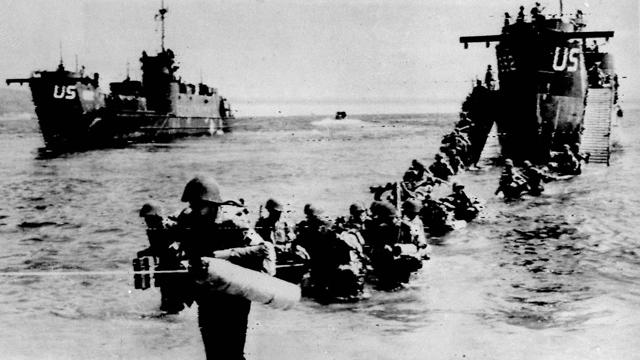
Battle of the Bulge
Then, on Dec. 16, Adolf Hitler launched a major offensive with over 200,000 troops through the Ardennes hills and forests, which became known as the Battle of the Bulge.
The Nazis hoped the surprise attack would reach the Belgian port of Antwerp and split the advancing Allied armies in two. But it only created a "bulge" instead. U.S. troops led by paratroopers of the 101st Airborne Division were surrounded at a critical junction in Bastogne, but resisted and the key crossroads was never taken.
U.S. troops suffered some 75,000 casualties in the overall battle, which was won by the end of January 1945. Germany had 80,000 or more casualties.
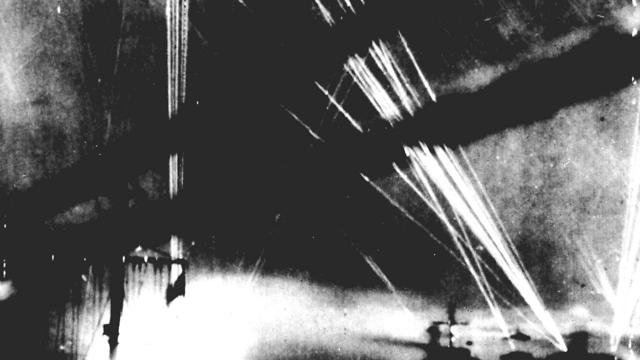
Eastern Front
From the east, the Red Army pressed a series of sweeping offensives all across the 4,400-kilometer (2,730-mile) front line from the Murmansk Peninsula in the Arctic to the Black Sea in the south.Soviet troops routed the Nazis in Belarus, drove German forces out of Ukraine and the Baltics and rolled into Poland and the Balkans. The Soviets then led the decisive Battle of Berlin and liberated Auschwitz, the most notorious of Nazi concentration camps.
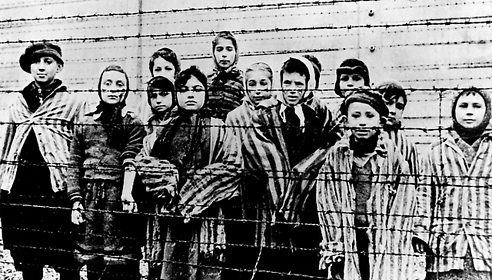
Victory
Following a succession of Nazi defeats and the suicide of Adolf Hitler, Germany signed the instrument of surrender on May 7, 1945, in Reims in eastern France. The document stipulated that hostilities had to cease the next day.It was ratified on the night of May 8 in Berlin. Since it was already past midnight in Eastern Europe, Russia and some other countries celebrate the victory on May 9, marking the end of World War II in Europe.















